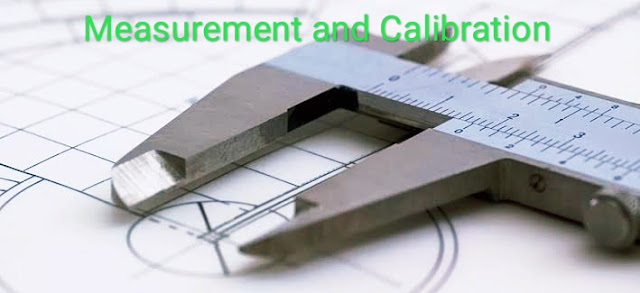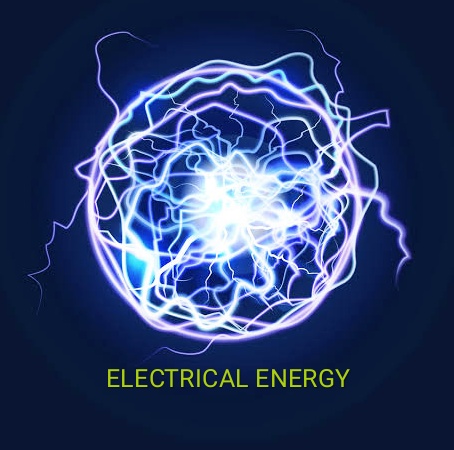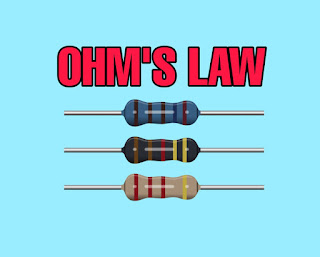Definition of Measurement and Calibration

Definition of Measurement and Calibration Measurement and Calibration Measurement: Measurement of a given quantity is the act or result of a quantitative comparison between an unknown quantity and a predefined standard quantity e.g.for measuring the weight of a quantity, the standard taken is 1 kg. Measurement using an instrument as a physical means of determining a quantity or variable. Instrument: Define an instrument: Instrument can be defined as a device for measuring the value or magnitude of a quantity or variable. The electronic instrument is based on electrical or electronic principles for their measurement. Calibration: What do you mean by calibration? Calibration is a process of estimating the value of a quantity by comparing that quantity with given standard quantity. The standard with which comparison is made is called as standard instrument. The unknown quantity is to be calibrated.This quantity is called as test quantity. If an





